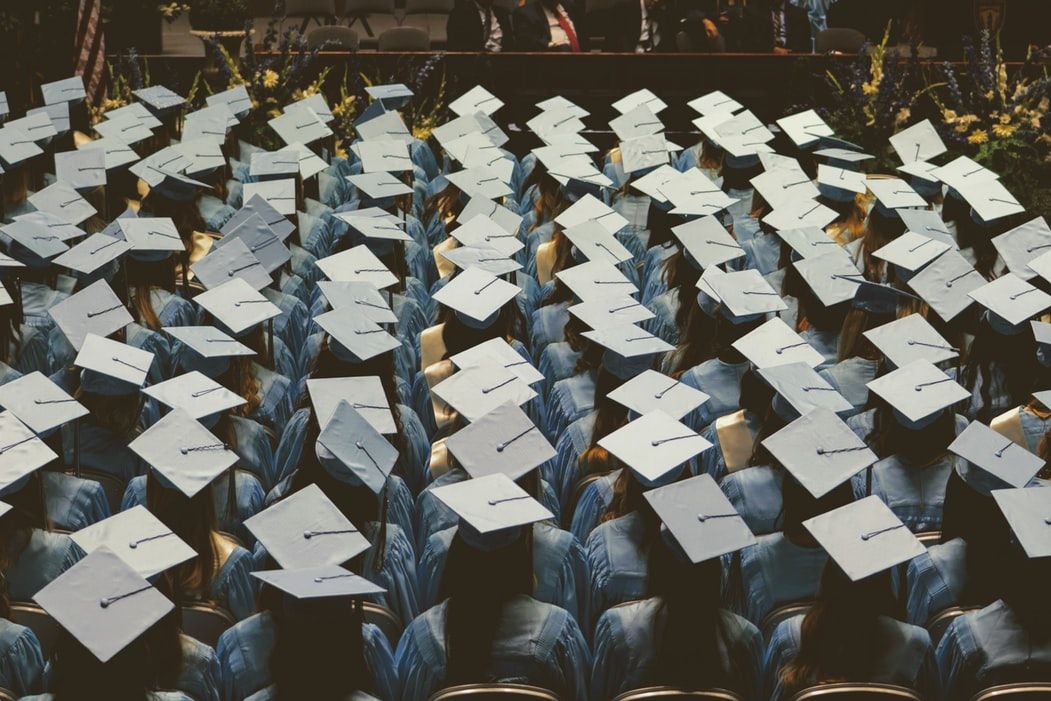What is the future for universities?
By SAP
SAP’s education expert Jerry Sim explores how institutions can stay relevant in the pandemic and beyond.

The pandemic has encouraged educators to adopt technology, adapting their teaching methods at an unprecedented pace. How can institutions for higher education build upon these changes to enhance students’ learning experience in the years to come?
Jerry Sim, Public Services Industry Business Architect from software company SAP, weighs in on what the post-pandemic education scene could look like.
The tides of change
“The higher education sector has not changed very much since the post-industrialisation era,” observes Sim. “The method of evaluation hasn't really changed, and the method of education in many cases is still very much lecture-based. It's still very much a teacher-to-student kind of information-giving.”
However, Covid-19 is likely to forever change the education system, with a much greater degree of online learning. “Once we are settled into this kind of new normal, I don't imagine how it's going to go back to exactly the way it was,” he tells GovInsider.
Covid-19 is likely to force institutions to revamp their assessment methods. E-learning has driven many schools to adapt examinations to best suit remote invigilation— it would not be a leap for them to review their assessment structures as a whole.
Schools will have to come up with “differentiated ways to assess students”, moving beyond “mass scale, fixed time-based examinations”, Sim says. For instance, they could adopt more “problem-based” or “project-based” assessments that run over a longer period of time.
Institutions could also look into “industry collaborations or internships” as a method of assessment, he notes. This approach is already being adopted by all the universities in Singapore, but is set to “become a lot more prevalent moving forward”.
A personalised learning experience
Schools’ newfound comfort in using technology could make them more likely to harness tech-driven tools as a whole. Here lies a huge opportunity for them to analyse data to craft a more targeted learning experience for each student. Schools already “have tonnes of data about students,” says Sim. “But what I don't think they’re doing enough of is harnessing that data to activate more insights.”
This data could be used to personalise career counselling sessions for students, for example. Tracking a student’s interests and aptitude could allow institutions to better suggest the jobs each student could take on, or project the career prospects they are likely to enjoy after graduation. Even after finishing school, data could be used to guide graduates in their lifelong learning journey, providing “recommendations on where they can upskill and reskill,” Sim adds.
Today, universities send mass broadcasts to students on opportunities ranging from internships to exchange programmes and enrichment programmes. But by better understanding each student’s priorities and interests, institutions could adopt “more personal” methods of sharing information which can more effectively reach students, Sim observes.
Effective data analysis could even help educators identify the students that are “at risk of dropping out” or the programmes in school that “hinder the progress of students”. This would allow them to tailor their teaching to meet students’ needs, improving the overall learning experience.
Closing the feedback loop
Looking ahead, it will no longer be enough for institutions to stick to the old methods of feedback collection. To usher in the “next wave of student experience,” schools need to find ways to establish “shorter feedback loops”, Sim believes.
This boils down to using the right tools. Schools can conduct surveys and “regular pulse checks” several times a year. To do this, they need to invest in “a platform that makes sense of the data” to act on students’ input.
Feedback should not stop at the student level, either. Gathering the views of different stakeholders from faculty members to the alumni could help institutions gain a fuller picture of the realities on the ground, he says. By acting on “almost real-time insights” from these parties, schools could unlock opportunities to improve upon numerous processes.
Readiness to adapt
The road to an improved learning experience will not be an easy one. The use of technology holds much promise for universities, but “not every institution’s management is progressive enough to adapt,” Sim says.
Amidst rising student dropout and deferment rates from the coronavirus, surviving beyond the pandemic is a big concern for many universities. For some, learning to quickly adapt “processes” and “method[s] of teaching” are crucial to retaining students as universities worldwide stare down an indefinite period of online classes, Sim comments.
Furthermore, “technology is only as good as the people who are using it”. Educators must be trained with the know-how to effectively leverage the tools and technology available to create an optimal learning experience. “It's about how do we equip people with skills that they need to execute this new normal.”
As universities approach a paradigm shift in the ways that they conceptualise learning, they face both opportunities and challenges. Embracing technology will likely become a determining factor in whether they can continue to survive and thrive.